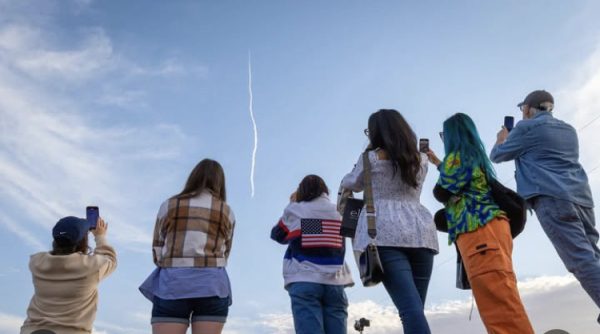Racism in Hollywood Still Exists?
After many Disney fans heard circulating rumors of a ‘whitewashed’ cast for the live-action remake of Mulan, a social media storm ensued. Recently, the petition calling for casting those of Asian descent of Mulan reached its goal of 90,000 signatures.
Was the immediate reaction to the rumors questionable? Hollywood continues to give roles meant for people of color to white film stars. Cases of “blackface,” “brownface”, and “yellowface,” are prevalent in many films today. The skin is usually darkened, and features such as the nose and eyes are altered using makeup to mimic the intended race or ethnicity.
The practice of blackface in America dates as far back as the first half of the 19th century, when African Americans could not perform in the theater. This helped glorify stereotypes of African Americans being buffoonish, carefree, and ignorant. The images created through the theatrical performances of blackface have been credited to push racism and dehumanization of African Americans throughout the 19th and 20th century.
Many called for the boycott of the recently released film, Stonewall, which highlights historic LGBT riots in New York City. The film was accused whitewashing through the erasure and exclusion of the queer people of color credited for fueling the riots.
Traditionally, blackface is known to be practiced among white leads in film and theatre. This classic representation is not always the case. Nina, the biopic released in April, tells the story of Nina Simone, an African American activist and jazz singer. Zoe Saldana, an African American Latina, had her lighter skin darkened several shades and she wore a prosthetic nose to mask her originally slim features. The dark skin and unconventional features of the late Nina Simone had a great influence on her work in the music industry.
These are the most recent examples in Hollywood. In the cult classic, Breakfast at Tiffany’s, actor Mickey Rooney portrayed a Japanese landlord, donning yellowface. The director of the classic, Blake Edwards, conveyed remorse at his decision. Seven years later, Edwards casted a white actor in brownface to play an Indian man in the comedic film, The Party. The choices for casting have shown to be repetitive and narrowed.
The issue that has surrounded and labeled these casting choices as “racist” in Hollywood has stemmed from several reasons. Blackface has been known to enforce negative stereotypes on a race. From the beginnings of American theater, the black character has constantly been portrayed as feeble-minded, angry, or foolishly comedic.
Hollywood has also been called out for struggling with diversity. According to a study by USC in 2014, more than 70% of Hollywood film actors were white. Whitewashing further decreases opportunities for people of color in the film industry.
With the use of technology and social media, more people than ever have become aware of the perceived racism in Hollywood. A twitter storm followed soon after it was heard that the lead male would be white in the upcoming Mulan film. Under the hashtag #MakeMulanRight, many expressed their abhorrence towards the possibility of a whitewashed Mulan. It goes to show that the common practices of blackface and whitewashing have not come close to elimination in Hollywood.
Your donation will help support The Lambert Post, Lambert High Schools student-run newspaper! Your contribution will allow us to purchase equipment and cover website hosting costs.








